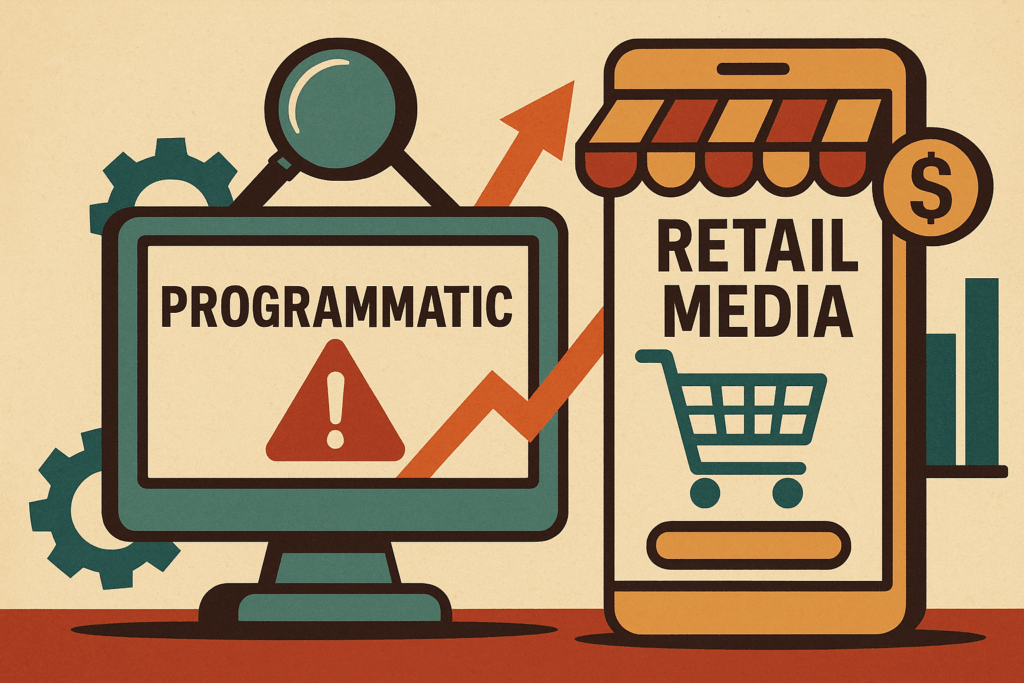Introduction
Retail media has surged as a prominent advertising channel, leveraging retailers’ unique access to shopper data and purchase intent. However, programmatic advertising’s history reveals pitfalls such as complexity and lack of transparency that hindered its promises. For retail media to fulfill its potential, learning from programmatic’s missteps is essential.
Key Lessons from Programmatic’s Stumbles
Programmatic advertising faced several obstacles that limited its effectiveness: overwhelming complexity, fragmented industry standards, and inadequate measurement models. Retail media networks can avoid these by focusing on clear priorities.
Data & Identity are Gold
Retail media holds a distinct advantage through first-party data, directly sourced from shoppers. This data foundation supports personalization and relevance. Yet, expanding reach beyond on-site environments requires universal identifiers that do not rely on outdated third-party cookies. Creating strong identity solutions will enable off-site scale and sustained targeting accuracy.
Standards Combat Fragmentation
More than 60% of adoption barriers in retail media stem from lacking common standards, which fragment the market and dampen investment. Collaboration across retailers, brands, agencies, and ad-tech providers to establish interoperable frameworks is necessary to foster market growth and operational efficiency.
Smarter, Broader Measurement
Measurement approaches must align with advertisers’ broader goals beyond simple click metrics. Retail media success depends on assessing return on investment, incrementality, in-store impact, and product trial outcomes. To build trust, measurement must offer granular transparency down to the SKU level and encompass both online and offline performance.
Ask the Right Questions
One of programmatic’s core shortcomings was inadequate due diligence, leading to mismatched expectations. With numerous retail media networks available, stakeholders should ask detailed questions regarding measurement capabilities, definitions of identity, attribution methods, and reporting transparency to guarantee the selected partners meet their strategic needs.
Conclusion
By applying these lessons from programmatic’s history, retail media can accelerate its adoption and realize a more effective and trustworthy advertising ecosystem.



